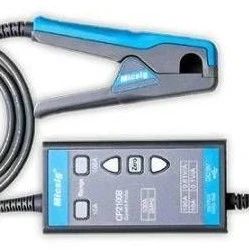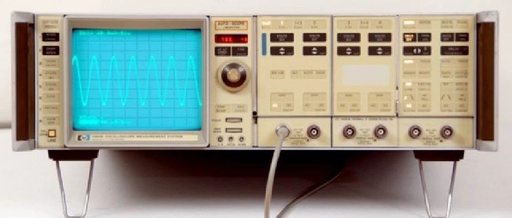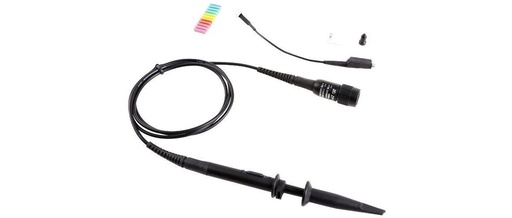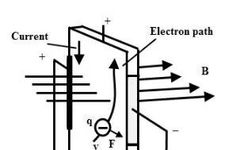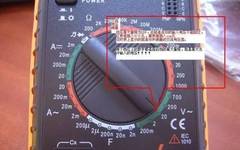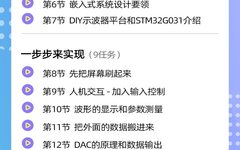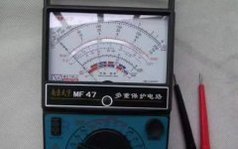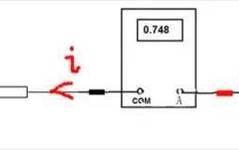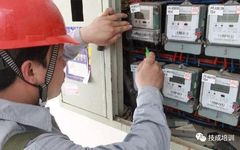Introduction to Various Types of Oscilloscope Probes and Their Uses
This article will introduce the types and uses of various probes. What is a probe: An oscilloscope is the most commonly used measuring instrument by electronic engineers, and the oscilloscope probe is undoubtedly the most commonly used accessory for the oscilloscope. The oscilloscope probe is the electronic component that connects the measured circuit to the … Read more
